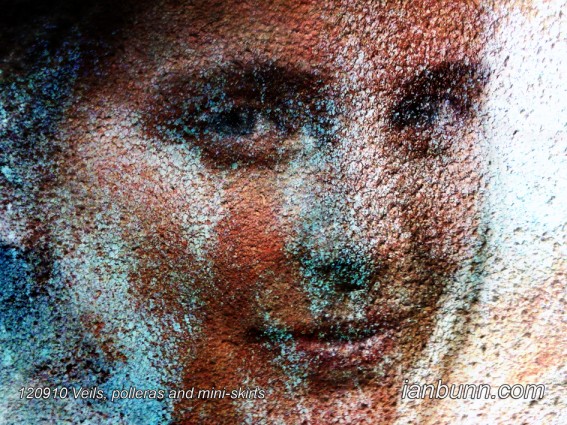 Veils, polleras and mini-skirts (September 10 2012)
Veils, polleras and mini-skirts (September 10 2012)
Manuela Lavinas Picq the former professor and researcher at Amherst College and currently researching in Brazil on politics for indigenous women in the Andes, has released an article on Aljazeera titled ‘The politics of veils, ‘polleras’ and mini-skirts’, where veils and ‘polleras’ are modern expressions of “political contestation and negotiation” between state and society. In the article Picq states “What a difference a piece of cloth makes. Indigenous’ polleras, or Muslim headscarves tend to be read as signs of poverty and subjugation whereas a mini-skirt usually asserts a woman’s emancipation. Of course, women’s rights do not reside in dress. Yet the way one dresses has political significance. A mini-skirt or a headscarf can both be symbols of oppression or emancipation, depending on the context. At first sight, indigenous women wearing polleras in the Bolivian Congress do not seem to have much in common with young Muslim women defending their right to wear the scarf to attend French universities. Looking closer, however, their insistence in bringing cultural attire into public realms points at similar practices of resistance. In both cases, clothing becomes a strategic site of political contestation to negotiate rights and authority. …Both polleras and veils are perceived as signs of cultures that keep women down, cultures that have not yet achieved political modernity. As different as they may be, in the collective imaginary both are signs of the oppression of women, visual reminders of gender inequality and implicitly indicators of underdevelopment. …Today, wearing polleras on the floor of the Peruvian Congress or headscarves in French universities represents a more fundamental challenge to oppressive power structures than women donning high fashion silk “power suits” as they struggle for conventional forms of success in the executive suites of governments or multinational corporations.”
Inspired by Aljazeera ow.ly/dtvQ8 image source Sertaobras ow.ly/dtvC6